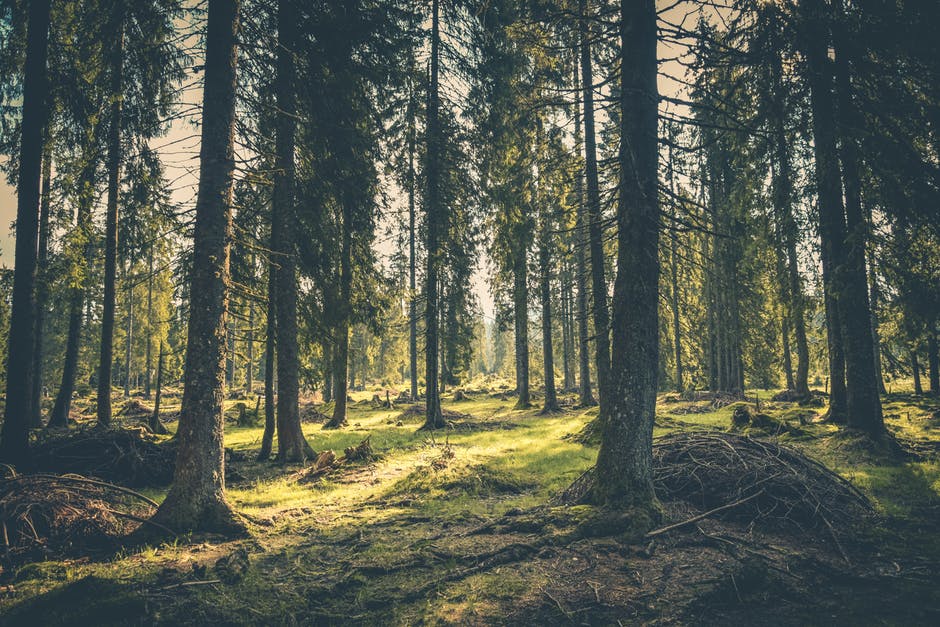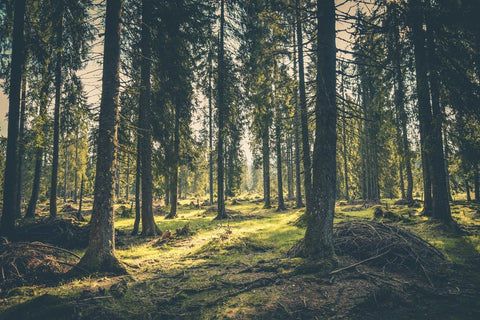“Green environments are an essential component of a healthy human habitat” according to Frances Ming Kuo.
When was the last time you really spent any time outdoors? Were you rushing to your car from your house, or from work? Do you also feel stressed and sick all the time?
Perhaps you should head outside and take a walk in the woods.
Shinrin-yoku, which translates to forest bathing, was developed in Japan during the 1980s and has become a cornerstone of preventive health care, and healing, in Japanese medicine, according to shirin-yoku.org. This relaxing practice has been so popular in Japan that there are 10 recognized healing forests throughout the country.
How to Forest bathe:
- Pick out a lush beautiful forest.
- Spend at least 40 minutes walking around, taking in the beauty, and breathing the fresh air.
- Find yourself relaxed and calm.
It sounds too simple to be true.
But, don’t take my word for it.
Look at the research.
Stress
One study, published in the Journal of Physiological Anthropology, found that the salivary cortisol concentration of 6 subjects who spent time in a forest area were significantly lower than the 6 who had spent the same amount of time in an urban area.
In another study on the psychological effects of forest environments on healthy adults, it was found that among those who are chronically stressed, the relaxing effects of forest bathing were even more pronounced than those not chronically stressed.
Healing rates
“In the early 1980s, a researcher at Paoli Memorial visited the hospital and gathered information about patients who had undergone gallbladder surgery between 1972 and 1981. Gallbladder surgery is routine and generally uncomplicated, but most patients in the 1970s recovered for a week or two before they returned home. Some took longer to recover than others, and the researcher wondered whether subtle differences between the hospital rooms might explain this discrepancy.
When the researcher looked at their recovery charts, he was struck by how much better the patients fared when their rooms looked out onto the trees rather than the brick wall. On average, those who faced the brick wall needed an extra day to recover before returning home. They were also far more depressed and experienced more pain.
These results are surprising because the effects are so large much larger than the effects of many other targeted treatment interventions. By some measures, patients who gazed out at a natural scene were four times better off than those who faced a wall.”
Mental Health
In a University of Exeter medical school study, it was found that people living near more green space reported less mental distress than those who did not.
Nature and Children
If a walk in nature can do so much good for fully grown adults, think of what it can do for children.
In fact, several studies have been done since the early 2000s that have found that children who interact frequently with nature have lessened symptoms of adhd, had higher levels of concentration, had better coordination, were sick less often, and showed a reduction in violence, bullying, vandalism and absenteeism.
Get outside
If the stress of this fast paced world is getting to you, get you of your house and take a trip outside. Take in the natural beauty of your nearest forest or lush green park and see how much better you feel.


